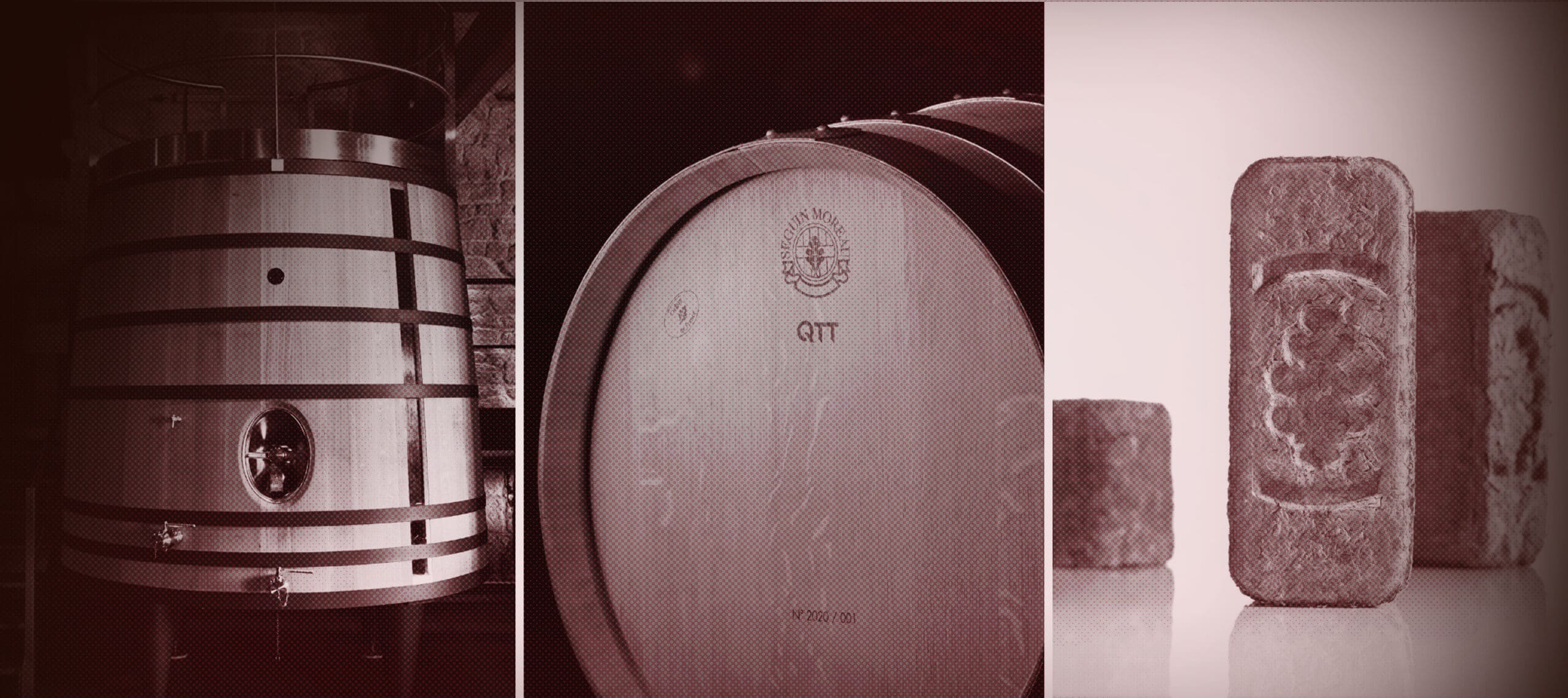Study of QTT extraction when maturing wines in contact with oak
Par Par Andrei Prida (a), Thomas Oui (b), Benoît Verdier (a), Delphine Winstel (c), Axel Marchal (c)
(a) Tonnellerie Seguin Moreau, Avenue de Gimeux, CS 10225 Merpins.
(b) Groupe ICV Centre!oenologique, 6, route de Carpentras, 84190, Beaumes-de-Venise
(c) Université Bordeaux, Bordeaux INP, INRAE, OENO, UMR 1366, ISVV, F-33140 Villenave d’Ornon, France
Quercotriterpenosides (QTT) are a family of sweet-flavoured compounds (figure 1) that were first found in oak (Marchal, 2011). These molecules have a very low taste detection threshold (590 μg/L for QTT I). Their presence enhances the sensation of ‘sweetness’, ‘richness’ and ‘volume’ in wines matured in contact with oak (in barrels or in contact with oak pieces). The first results obtained regarding QTTs (Marchal et al., 2011) showed that these molecules are stable over time, as the compounds have been detected in wines matured in oak barrels after several years in bottle. However, the kinetics of their extraction process remains poorly understood. To tackle this problem, work has been conducted to study how these compounds are released from different pieces of oak, compared with wood compounds that are already well known. Read the full article in Revue Française d’Oenologie no. 315 to find out more.

